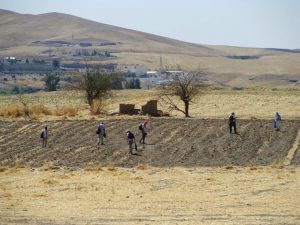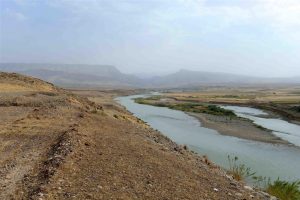Polish archaeologists discovered remains of over 200 settlement sites, including villages and an ancient city, in the region of Northern Mesopotamia located in modern Iraqi Kurdistan.

The area of Iraqi Kurdistan became open for researchers after 2005, when the situation in the autonomous region normalised and it became safer to travel there and conduct field research. The project that led to these discoveries was conducted by Polish archaeologists of the Institute of Archaeology of Adam Mickiewicz University in Poznań. The area that was assigned to them covered around 3000 square kilometres. In adjacent areas scientists from Germany, Italy, and United States of America were conducting their research.

Polish archaeologists focused their fieldwork in the area of the Great Zab river’s shore. Their aim was to conduct surface surveys to systematically determine locations of archaeological artefacts. The region in which they worked was practically untouched by archaeologists in the past, with only 60 sites known when the project started in 2013. Now, after 4 years Polish archaeologists managed to increase the number of archaeological sites to 250. During this time, researchers discovered over 10000 surface finds, consisting mainly of pottery pieces, numerous flint tools, ceramic figurines, and ancient coins. One of the most significant finds are the remains of an ancient city, dated to the end of the 3rd millennium BC. It had a semicircular outline with a diameter estimated at 300 metres. According to the experts, the find is very significant, because until Medieval times there was no such settlement known in the region. Archaeologists will now try to establish the name of this ancient city.

Archaeologists were also able to determine that there was an increase in the number of villages and town in 4th century AD, which might be the result of migration from the Byzantine Empire after Emperor Theodosius II confirmed the condemnation of the teachings of Nestorius, Archbishop of Constantinople. He and his followers are said to have fled to the neighbouring regions of Persian Empire which is now Northern Kurdistan. According to Polish archaeologists, this may be confirmed by the increase of settlements and emergence of distinctive pottery with cross-shaped imprints, which were found during the surveys.
(after Nauka w Polsce, Xenia Kolińska & Dariusz Piasecki)